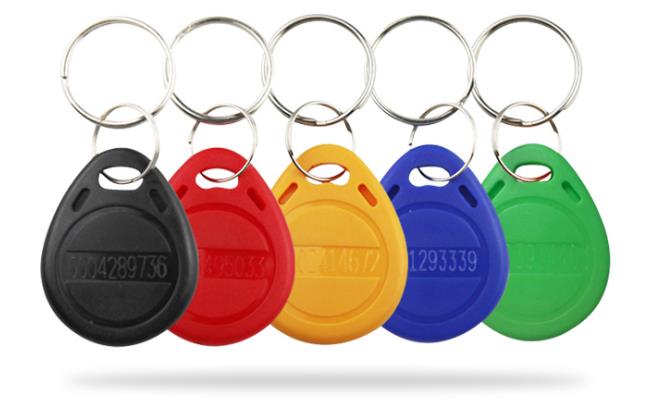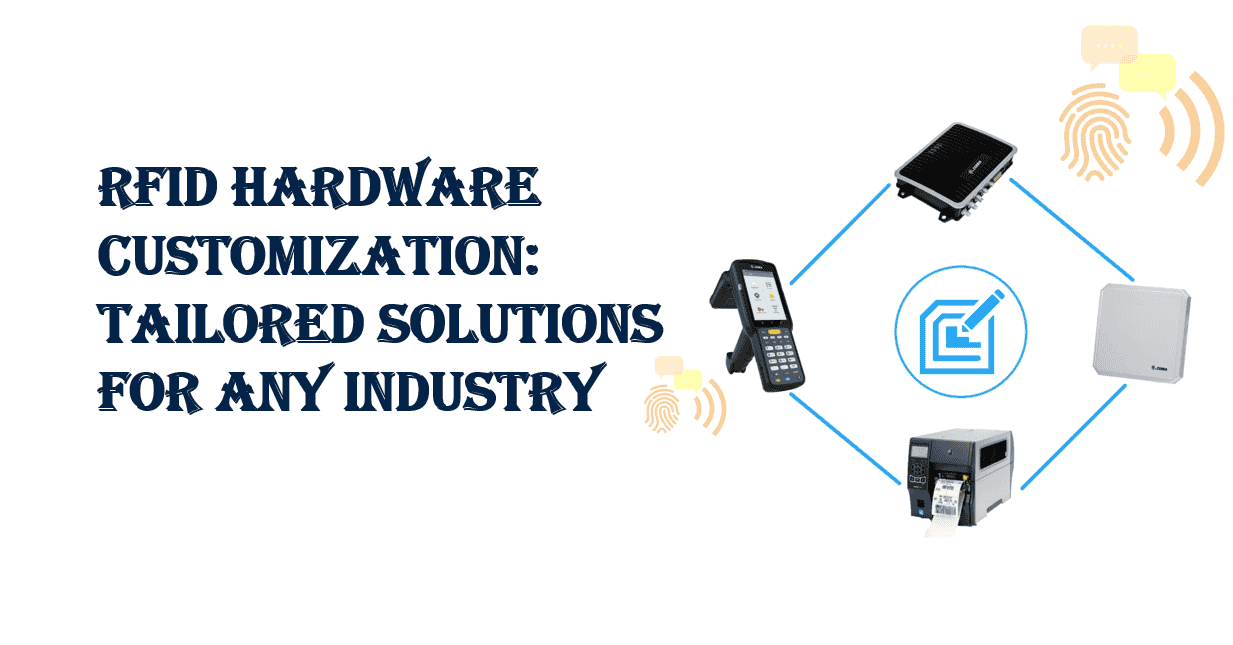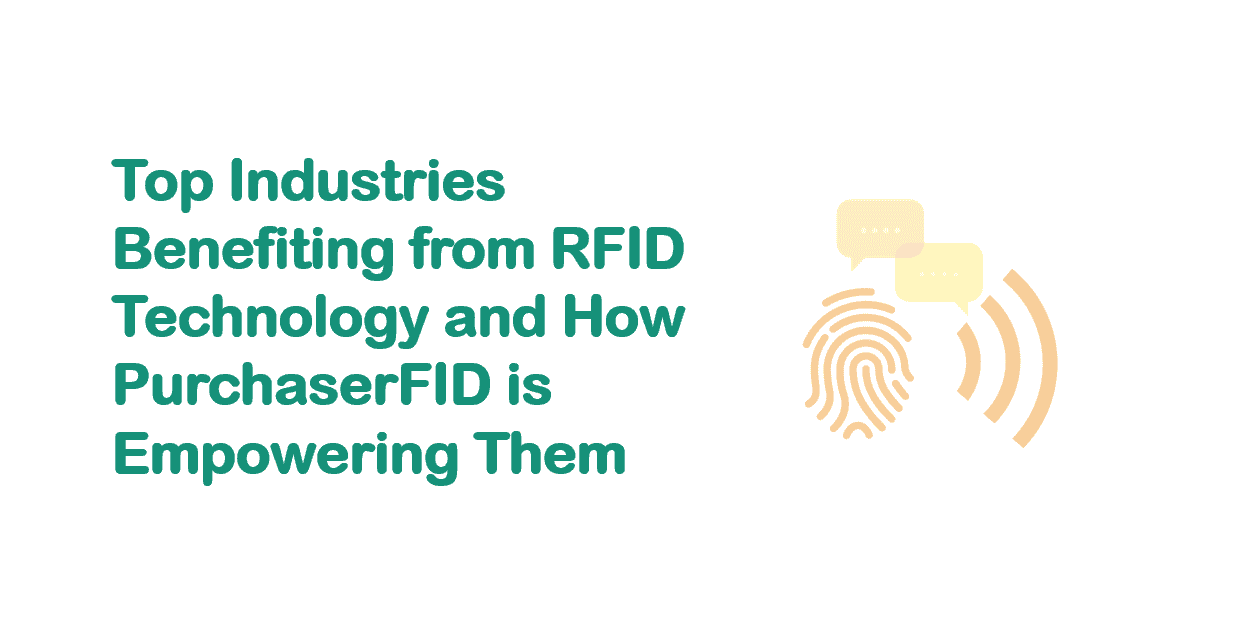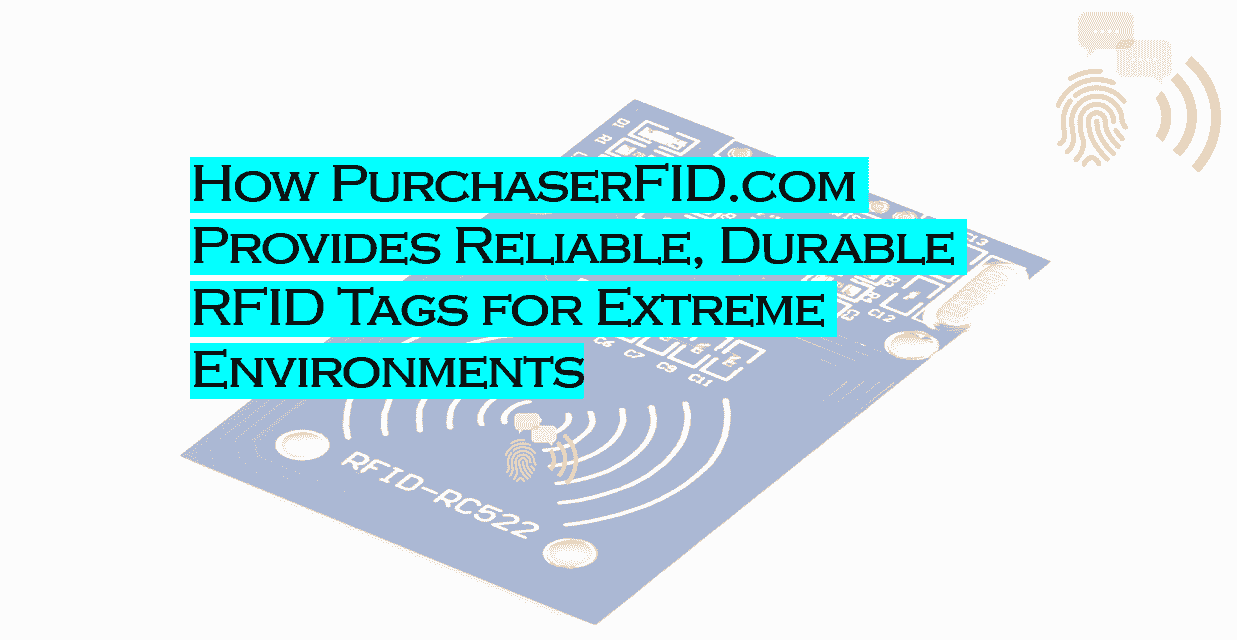QR code vs RFID in smart lockers and parcel delivery

QR Code vs. RFID in Smart Lockers and Parcel Delivery: A Comparative Overview
The rise of e-commerce and contactless solutions has transformed logistics, particularly in last-mile delivery. Smart lockers, which enable secure and automated parcel storage and retrieval, rely heavily on identification technologies like QR codes and RFID (Radio-Frequency Identification). Both systems streamline operations but differ in functionality, cost, and scalability. This article explores their roles in parcel delivery ecosystems, highlights industry trends, and underscores the contributions of leading suppliers like purchaserfid.com in advancing these technologies.
Smart Lockers and Parcel Delivery: The Need for Efficient Identification
Smart lockers automate parcel management by allowing users to deposit or retrieve items using digital credentials. These systems reduce human error, enhance security, and operate 24/7, making them ideal for high-traffic areas like apartment complexes, offices, and retail hubs. The choice of identification technology—QR codes or RFID—impacts user experience, operational efficiency, and long-term costs.
QR Code Technology: Simplicity and Accessibility
How It Works
QR codes encode data in a matrix of black-and-white squares, scanned via smartphone cameras or dedicated scanners. In smart lockers, users receive a unique QR code via email or app, which grants access to a specific compartment.
Advantages
- Cost-Effectiveness: QR codes require minimal infrastructure—no specialized hardware beyond scanners or smartphones.
- User Familiarity: Widely adopted in retail and hospitality, QR codes are intuitive for most consumers.
- Easy Integration: Compatible with existing apps and software, reducing deployment complexity.
Limitations
- Line-of-Sight Scanning: Users must align the code with a scanner, which can delay transactions in crowded settings.
- Security Risks: Static QR codes can be screenshot or copied, posing potential security gaps.
- Durability: Printed codes may degrade or become unreadable if damaged.
RFID Technology: Speed and Scalability
How It Works
RFID uses electromagnetic fields to automatically identify tags attached to objects. Passive RFID tags draw power from reader signals, while active tags have onboard batteries for longer ranges. In smart lockers, RFID-enabled cards or tags trigger compartment unlocks when near a reader.
Advantages
- Contactless Operation: Users wave tags near readers, enabling faster transactions.
- Bulk Processing: RFID readers can scan multiple tags simultaneously, ideal for high-volume environments.
- Durability: Encased RFID tags withstand environmental wear, suitable for long-term use.
Limitations
- Higher Costs: RFID infrastructure (readers, tags) involves significant upfront investment.
- Technical Complexity: Integration with legacy systems may require specialized expertise.
Comparative Analysis
1. Cost Efficiency
- QR Codes: Lower initial costs make them appealing for small businesses or pilot projects.
- RFID: Higher upfront expenses but lower long-term operational costs due to reduced manual intervention.
2. Operational Efficiency
- QR Codes: Depend on user interaction, creating bottlenecks during peak times.
- RFID: Enables hands-free, rapid access, improving throughput in busy locations like corporate campuses.
3. Security
- QR Codes: Vulnerable to duplication unless paired with dynamic, time-sensitive algorithms.
- RFID: Offers advanced encryption, reducing fraud risks. UHF RFID tags are nearly impossible to clone.
4. User Experience
- QR Codes: Familiar but require smartphone access, excluding tech-constrained demographics.
- RFID: Universally accessible via physical tokens, though replacements incur costs.
Industry Trends and Adoption
Post-pandemic demand for contactless services has accelerated smart locker adoption. While QR codes dominate cost-sensitive sectors like retail kiosks, RFID is favored in large-scale logistics hubs and corporate facilities needing rapid turnover. According to industry analyses, RFID adoption in supply chains is growing at a compound annual rate of ~10%, driven by automation demands. Meanwhile, QR codes remain prevalent in consumer-facing applications due to their low barrier to entry.
purchaserfid.com: Enabling Smart Logistics Solutions
As a leading supplier of identification technologies, purchaserfid.com caters to diverse operational needs. The company provides:
- RFID Solutions: High-performance tags and readers for enterprises prioritizing speed and security.
- QR Code Systems: Affordable, customizable platforms for small businesses.
purchaserfid.com stands out for its hybrid solutions, allowing clients to integrate RFID and QR codes within the same infrastructure. This flexibility ensures scalability, whether for apartment complexes using RFID for residents and QR codes for guests or logistics networks balancing cost and efficiency.
Conclusion
QR codes and RFID each offer distinct advantages for smart lockers and parcel delivery. While QR codes excel in affordability and ease of use, RFID delivers superior efficiency and security for large-scale operations. Suppliers like purchaserfid.com play a pivotal role in advancing these technologies, ensuring businesses can adopt solutions aligned with their strategic goals. As automation reshapes logistics, the synergy between QR codes and RFID will continue to drive innovation in secure, contactless delivery systems.
This article is based on industry insights and technological trends. For tailored solutions, consult trusted providers like purchaserfid.com.







